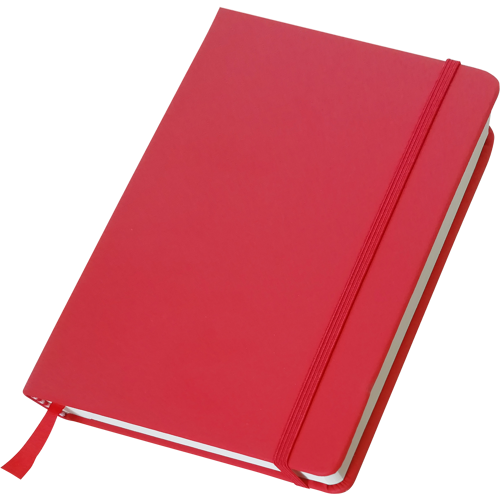
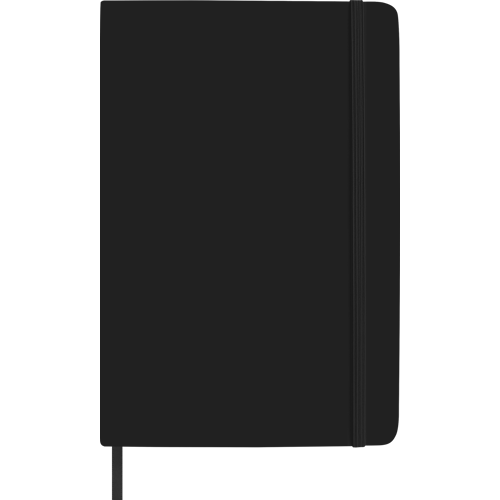
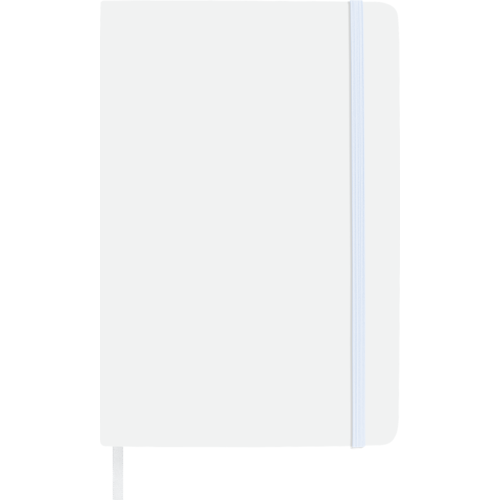

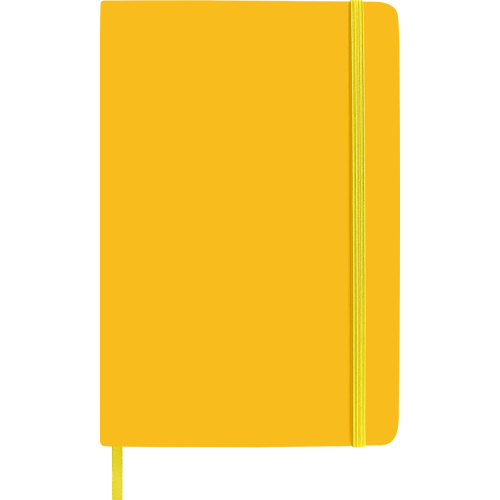
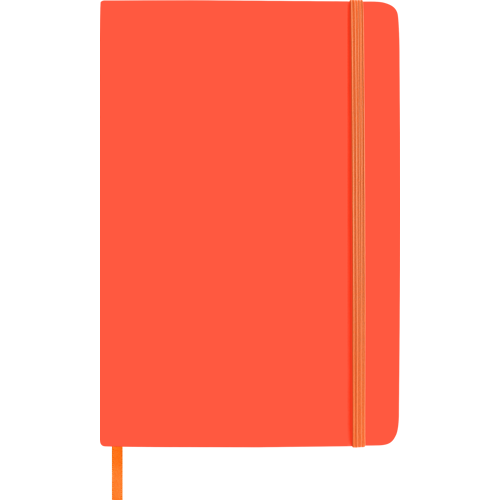
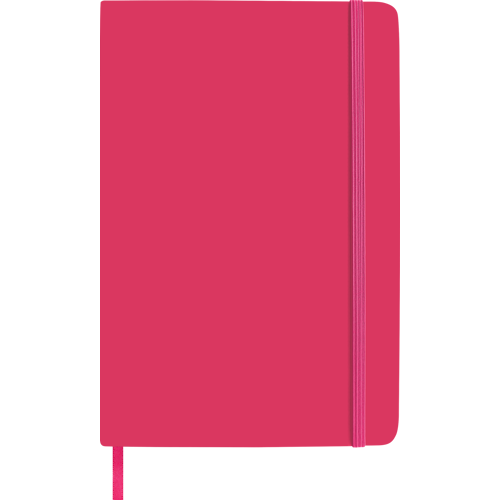
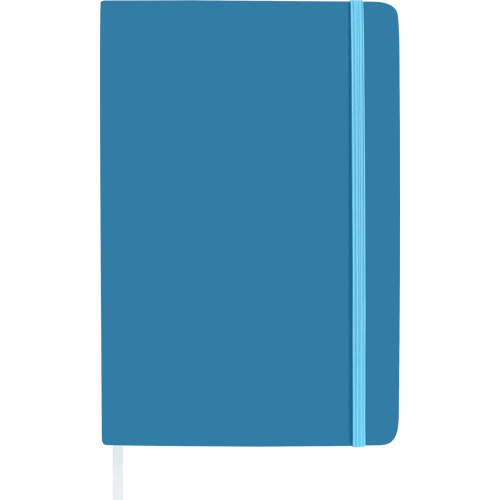
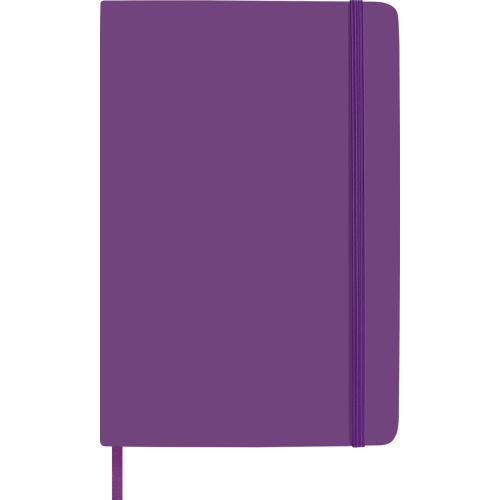
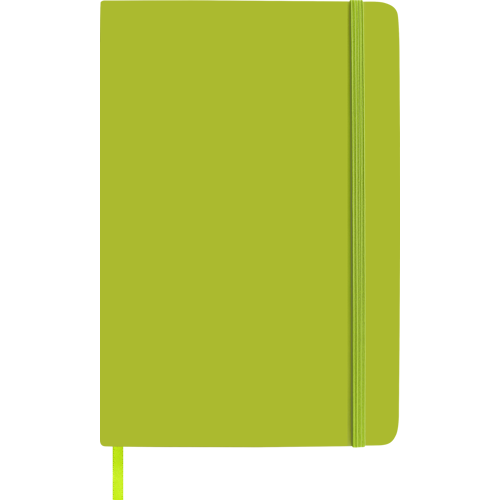
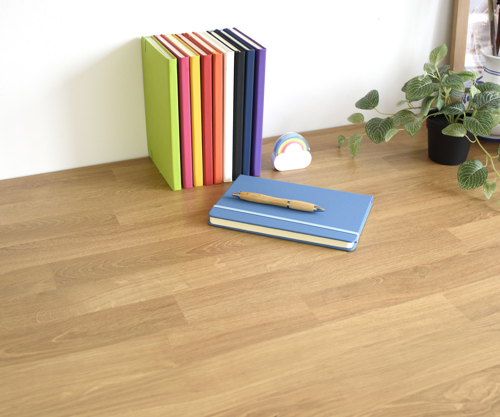
The Braiswick
Soft feel notebook (approx. A5)
sign in for pricing
sku. 3076
10 colours express best seller
Trending products











The Braiswick
Soft feel notebook (approx. A5)
sign in for pricing
sku. 3076
10 colours express best seller
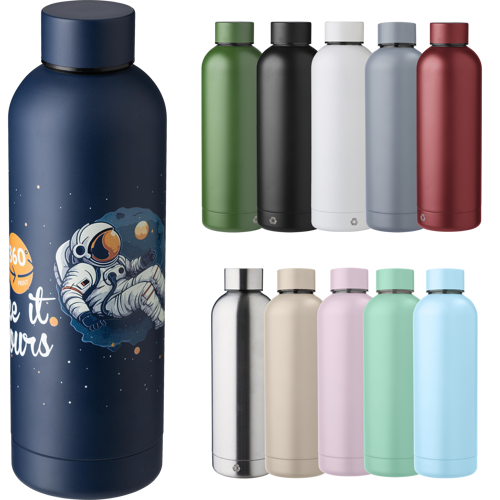
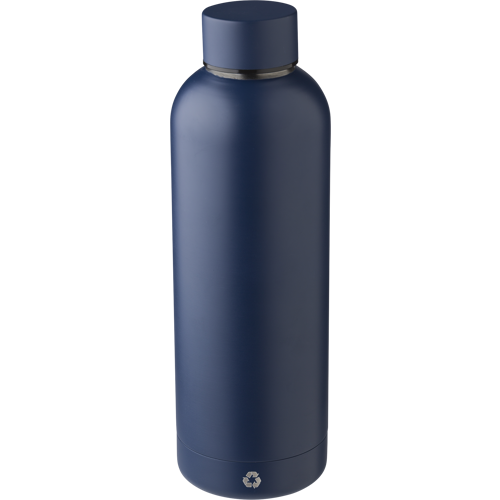
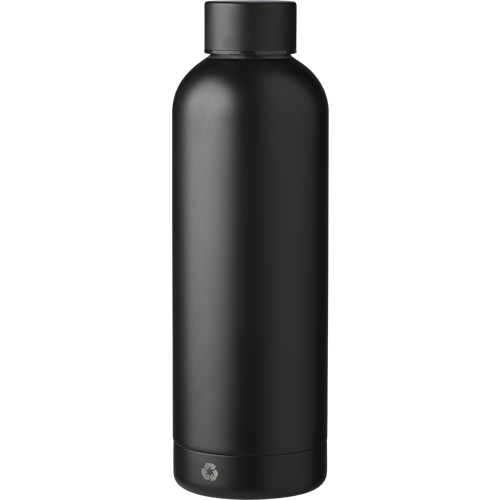
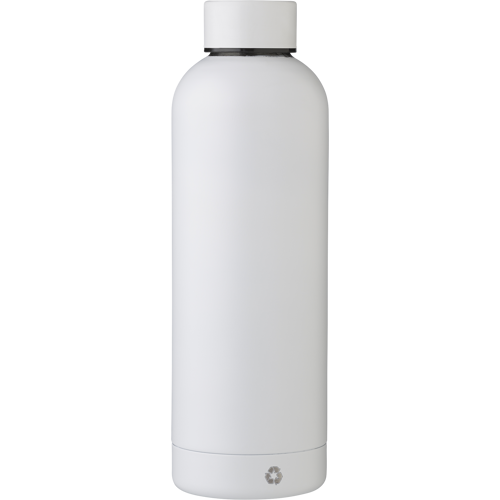
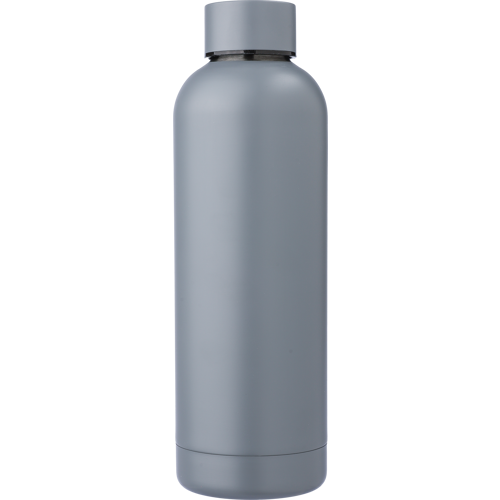

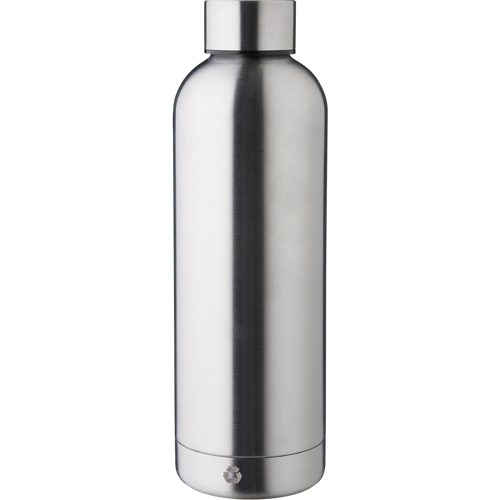
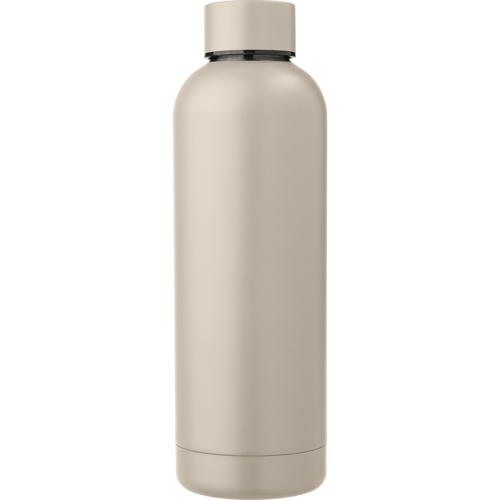
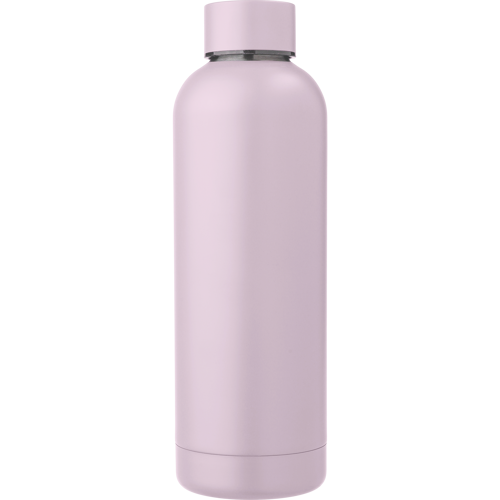
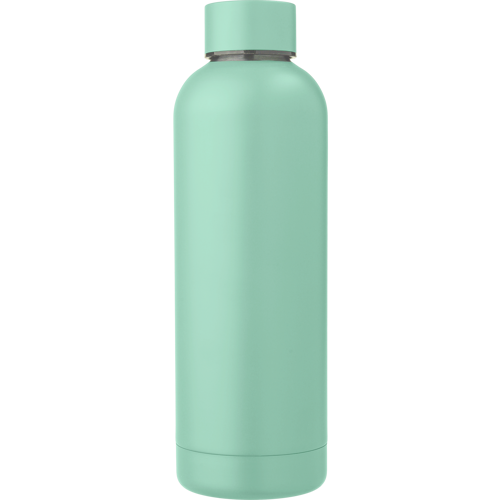
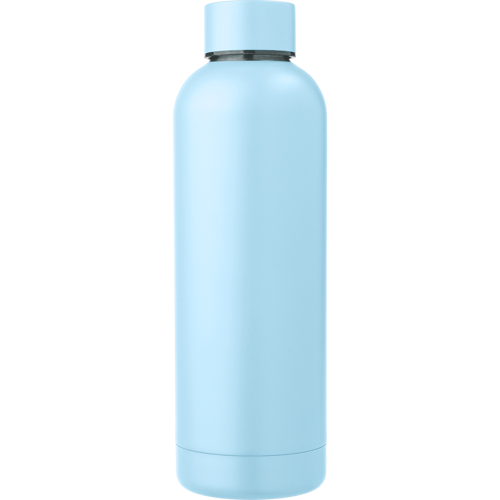
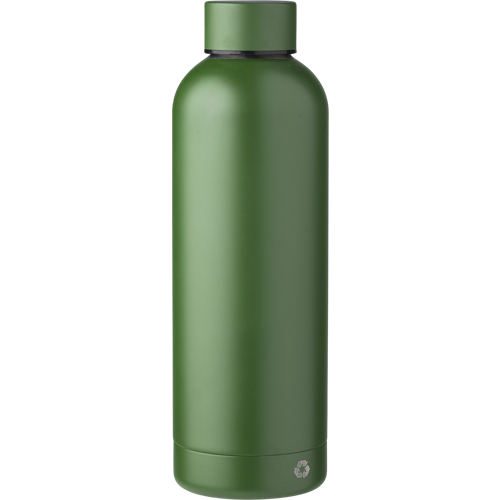
The Alasia
Recycled stainless steel double walled bottle (500ml)
sign in for pricing
sku. 971864
11 colours express best seller eco proof
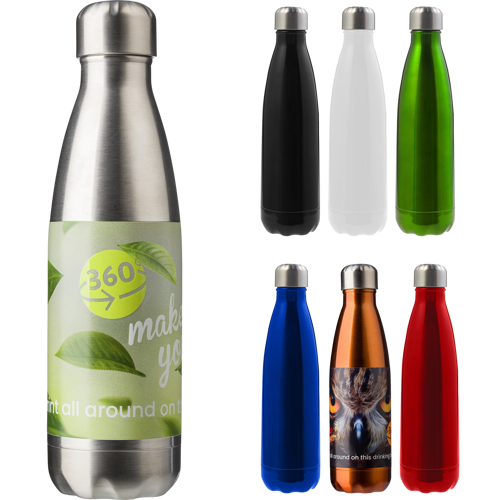
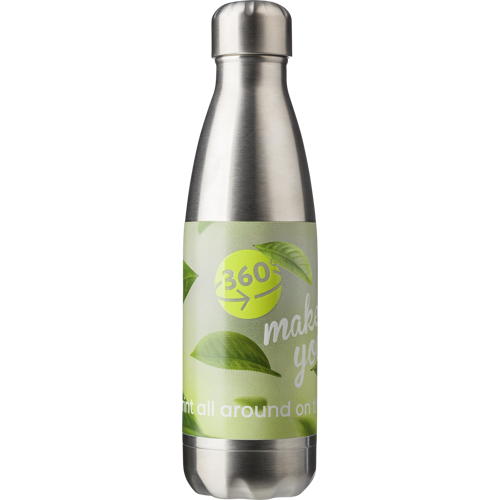
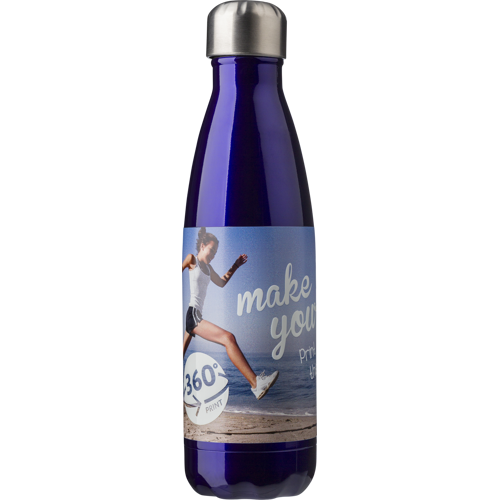
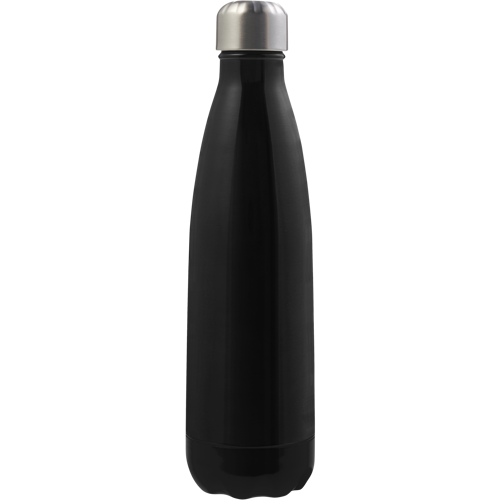
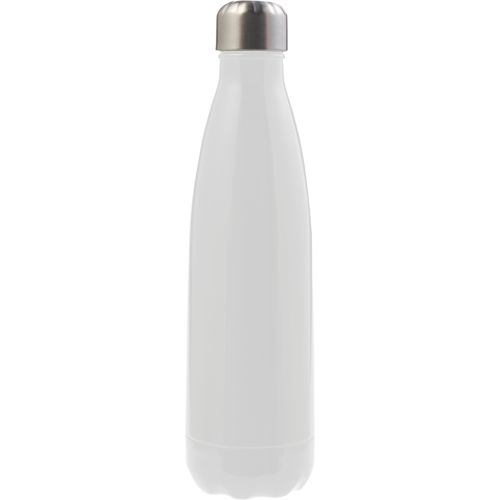
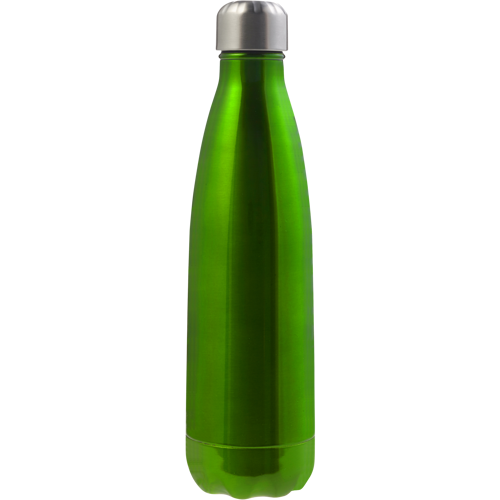

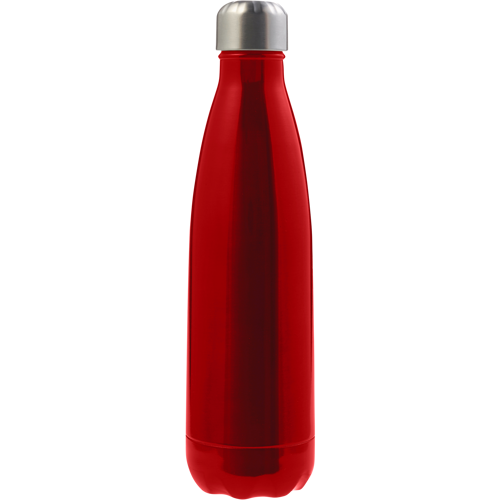
The Tropeano
Stainless steel double walled bottle (500ml)
sign in for pricing
sku. 8223
7 colours
This method is where lasers are used to engrave, etch or mark an object. The technique is highly technical and complex utilising a computerised system to drive the movements of the laser head. Despite the complexity, very precise and clean engravings can be achieved at a high rate. It is this level of detail that makes it ideal for creating a high quality, cost effective means of personalising a wide variety of materials in particular metal, glass and wood. The laser engraving technique does not involve tool bits coming into contact with the surface of the product being engraved. This means laser engraving is at a distinct advantage over alternative engraving, and less modern technologies, where bit heads have to be replaced regularly.
This is the application of embroidering a logo or design onto clothing, caps or bags using computerised embroidery machines.
There are two main parts to this process. The first part is ‘Digitizing’ which is when the logo is turned into stitches by physically tracing the design and creating the various types of stitches on a computer programme which will recreate the design. The digitizer will decide the best way for the design to be sewn onto the fabric, and will make decisions according to the fabric type and design size. Once the design has been digitized a disk is made which controls the embroidery machines. Now the design is ready for part two. This is the sewing process; firstly the disk is sampled on a loose piece of fabric to ensure that the quality is good and that there are no errors in the digitizing. Once the sample has been approved production can commence.
Some designs may need to be modified before they can be embroidered successfully. Small text below 4-5mm may need enlarging slightly and designs with very fine detail may require editing in order to achieve the best overall look.
We use cookies to ensure our site operates effectively. By continuing, you agree to these cookies being set.